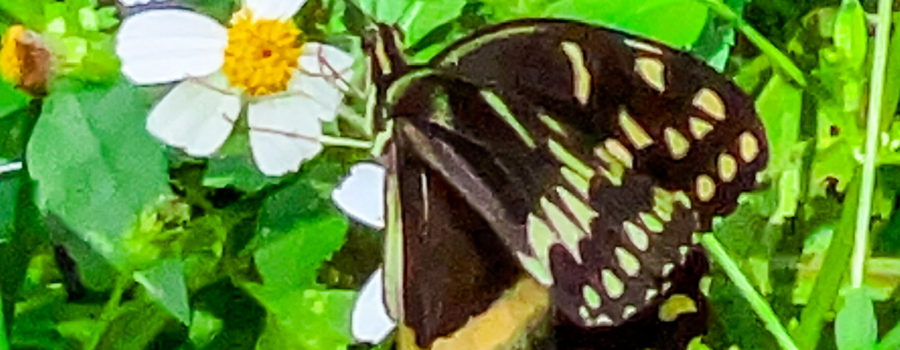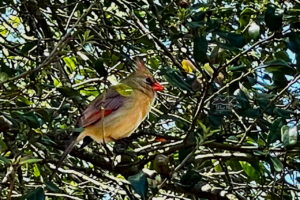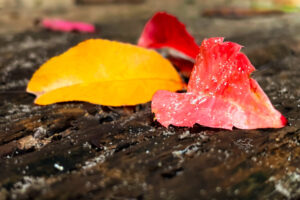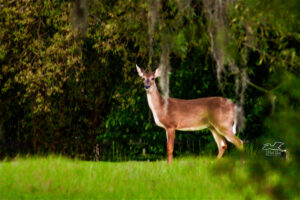The Black Swallowtail is an Interesting Sexually Dimorphic Butterfly

One of the more common butterflies that I see regularly in the central Florida area is the black swallowtail (Papilio polyxenes). It’s also sometimes called the parsley worm butterfly, American swallowtail, or parsley swallowtail. Most years it’s one of the first ones to emerge in the spring for it’s first flying cycle. Often down here, there is a midsummer flying cycle, and there is always a late summer or early fall flying time. Each of these flying times represents one generation of these beautiful butterflies. Actually, they’re not just common down here, but throughout much of North America, Central America, and South America. In North America they can be found during the warmer months from southern Canada south through Florida in pretty much every state and province east of the Rocky Mountains. They can also be found in the southwest and Southern California. Some entomologists consider those in the western part of the range to be a separate subspecies.

Besides it’s beautiful markings, there are several features of this butterfly that make it unusual. One is that it is sexually dimorphic (the males and females look different) not only in that females tend to be larger than males, but in it’s markings as well. Both males and females have black as their basic color with yellowish wing spots. Males have some very small, rather dull blue spots on the hind wings along with a pair of orange and black eyes spots. The females, on the other hand, have much brighter, larger, and more prominent blue spots on the hind wings. There also tends to be a significant difference in most populations in the numbers of males and females, with a ratio of 4:1 favoring males. This results in stiff competition between males for mates (and may be why I don’t have any pictures of females to share). During each flight cycle, the males emerge from their chrysalis before the females, giving them the opportunity to establish territories that they will aggressively defend. When the females emerge, they will choose to mate with the males with the best territories. Interestingly, these territories are not established around any other resources, so it’s still something of a mystery as to what constitutes a good territory.

Black swallowtails are also one of the few butterflies in North America that are sometimes considered a pest species. As with the few other butterflies that are considered pests, it is the larvae or caterpillars that cause the problems, not the adult pollinators. The thing that makes black swallowtail caterpillars problematic is that they have a strong preference for several crop plants including parsley, caraway, carrots, celery, dill, and parsnips. Small numbers can cause insignificant damage, but in the final stages of development the caterpillar can get up the four inches long and has a voracious appetite. It’s easy to see how a few of these guys can do quite a bit of damage. This isn’t generally a problem for commercial growers, but backyard gardeners can definitely find black swallowtail caterpillars to be trouble.

Once on the wing, black swallowtails live between six and fourteen days, and will nectar in a wide variety of flowers. Some of the flowers that they prefer include Queen Anne’s lace, milkweeds, blackjack, purple coneflower, phlox, red clover, and thistles. They tend to frequent open areas and can usually be found in open fields, at woods edges, in public parks, along roadsides, in marshes, and in deserts. I usually encounter the spring generation when I’m out on the roadsides looking at the phlox flowers. It’s not all that often that I see them during the spring in my yard. In the fall, though, they are quite common on the blackjack flowers. In both areas, they are quite active and don’t tend to stay still for long, even when feeding. In fact, often when feeding, they are likely to continuously flap their wings, making them difficult to photograph. This behavior is a way of regulating their temperature while out in the heat of the sun.
Do you like beautiful nature photography and artwork? Do you like learning interesting things about nature and animals? If you answered yes, then this blog is for you! Join us and see for yourself! It’s fun and free!





Recent Comments